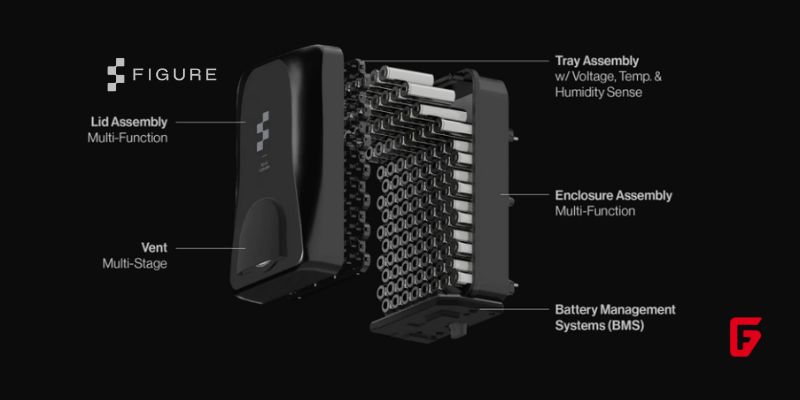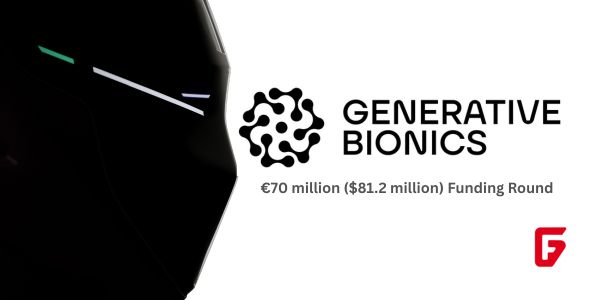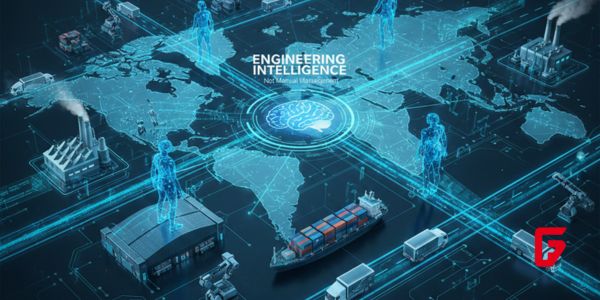
Humanoid robots are marching forward in both capability and endurance, and the latest leap comes from Figure with its third-generation battery—F.03. This is not just another upgrade; it’s a fundamental shift in how battery systems are integrated and optimized within an advanced robotic body.
Figure’s F.03 battery does far more than power the robot; it becomes an integral part of the robot’s structure. By using the battery casing as a structural component, Figure has managed to double the capacity of its battery system and cut down excess weight at the same time. This clever integration makes the robot lighter, more durable, and more efficient.
Energy Density: The F.03 boasts a 2.3 kWh capacity, delivering up to five hours of peak performance runtime, a stunning 94% increase in energy density over previous generations.
Form Factor: Gone is the old, bulky external backpack. With innovative stamped steel and die-cast aluminum (which works as a heat pipe), the battery is now embedded into the torso. Structural adhesives tie it all together, improving both strength and thermal management.
Charging & Cooling: Fast-charging is available at 2 kW, keeping robots quickly ready for action, while active forced air cooling ensures thermal stability even under demanding conditions.
Smart Battery Management: A custom Battery Management System (BMS) maintains battery health, optimizes performance, and integrates a robust safety network of sensors, switches, and fuses to guard against overcharging, overheating, and short circuits.
Battery safety is non-negotiable, and Figure’s F.03 leads the industry:
Thermal Runaway Protection: The integrated design features a thermal insulative potting compound and a rapid heat distribution system, stopping thermal events from spreading between cells.
Flame Containment: With a flame arrestor vent and patented flame-containment tech, any potential incident is kept inside the pack.
Short Circuit Safeguards: The wirebond interconnect geometry acts as a fuse, cut off in the event of a short, adding an extra layer of protection.
Certification: The F.03 is set to be the first humanoid robot battery certified to UN38.3 and UL2271 safety standards for batteries, after comprehensive testing with a US Nationally Recognized Testing Laboratory.
Traditional robot battery updates often hit the wall of energy density vs. safety vs. bulkiness. Embedding the battery’s case directly into the robot’s skeleton flips the script:
Improved Weight Distribution: Better balance and agility for the robot, crucial in environments where robots need to move skillfully.
Reduced Complexity: Fewer standalone modules, quicker manufacturing, and easier maintenance.
Manufacturing Scalability: Figure’s design supports large-scale production—up to 12,000 robots per year—thanks to this integrated approach.
The superior energy density of the F.03 approaches benchmarks set by leading lithium-ion battery technologies, but Figure’s focus on structural integration and safety engineering stands out. This design philosophy may well set the template for next-generation mobile robotics—where every gram counts and every cell needs to be safe and smart.
Structural batteries are not just a power source—they’re redefining robot construction.
Emphasis on energy density, safety, and intelligent integration is raising the bar for the whole robotics sector.
Expect more robots with longer runtimes, safer operation, and robust, lightweight skeletons rolling off production lines soon.
As humanoid robots learn to walk, talk, and work alongside humans, advances like Figure’s F.03 will be at the heart of their evolution—keeping these machines moving, resilient, and ready for the real world

Editorial Team
futureTEKnow is a leading source for Technology, Startups, and Business News, spotlighting the most innovative companies and breakthrough trends in emerging tech sectors like Artificial Intelligence (AI), Robotics, and the Space Industry.
Discover the companies and startups shaping tomorrow — explore the future of technology today.

Generative Bionics, an Italian spin-out from IIT, is building Physical AI–powered humanoid robots to tackle labor gaps and modernize industrial

This article explores 10 AI-driven supply chain optimization companies to watch in 2026, highlighting how their platforms improve forecasting, logistics,

AWS frontier agents introduce a new era of autonomous AI coders that can build, secure, and run applications for days

Explore the cutting-edge ways AI is enhancing Lean Six Sigma, from real-time process insights to predictive controls, ushering in a

Facing supply chain challenges in 2025? High-performing teams leverage AI for risk management, demand forecasting, supplier analytics, and end-to-end visibility

Craft an AI-powered supply chain Center of Excellence that unifies control tower visibility, analytics, and inventory optimization into one strategic

Supply chain leadership is being redefined by AI, intelligent automation, and agentic decision-making, demanding leaders who can engineer end-to-end intelligence

WisdomAI has closed a $50M Series A led by Kleiner Perkins and Nvidia’s NVentures to turn fragmented enterprise data into

Dutch agri-tech startup Saia Agrobotics has raised €10M to expand its greenhouse automation system using AI-powered robots that make farming

Bridgit Mendler’s Northwood Space is pioneering mass-produced ground stations, enabling scalable, high-speed connectivity for the new era of satellite networks

SpaceX aims to nearly double launches from Vandenberg in 2025, facing support from federal agencies but strong objections from the

Traditional Medicare will pilot AI-assisted prior authorization in 2026 across six states, focusing on high-risk outpatient services. Clinicians retain final